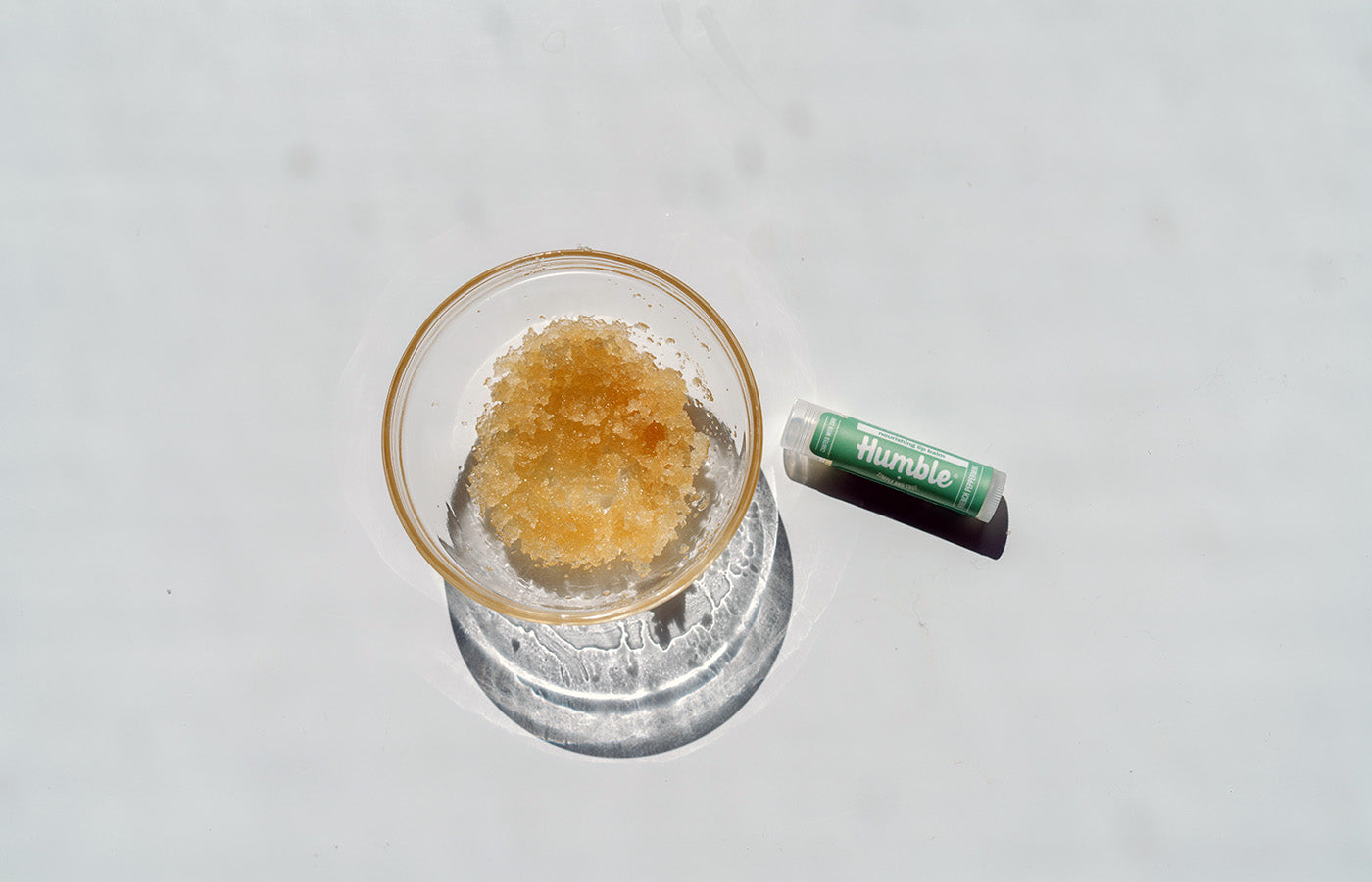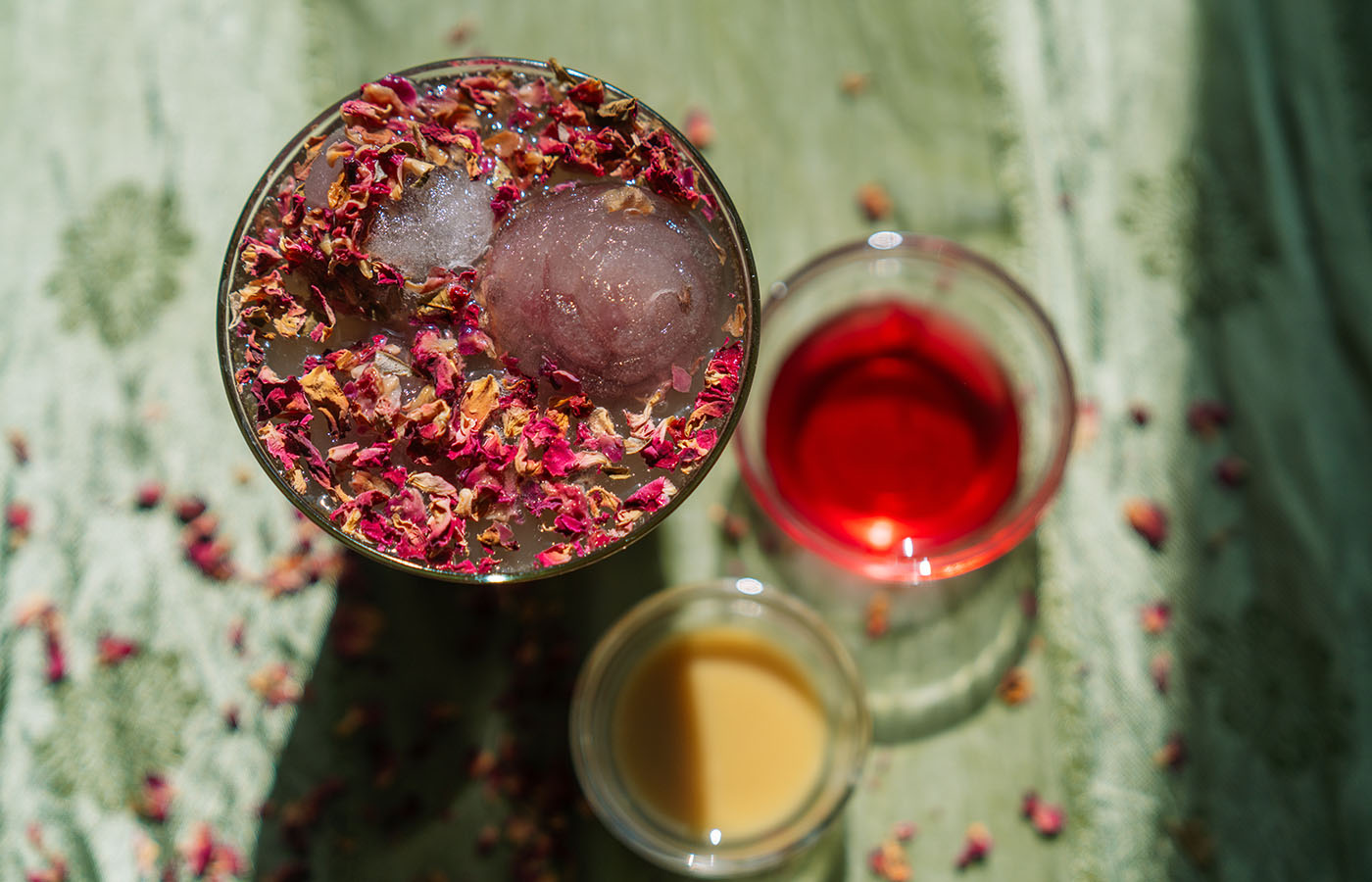In a world brimming with choices for personal care, the art of selecting products that resonate with both our skin and our lifestyle can be overwhelming. Amid this plethora of options, cold process soap emerges as a beacon of simplicity, sustainability, and sincerity. In this article, we’ll cover why handcrafted, cold process bar soap is a better choice for anyone looking for a cleansing option that’s gentler on skin and the planet.

What is Cold Process Soap?
Cold process soap stands as a hallmark of traditional soapmaking, a method steeped in history and grounded in the principles of natural chemistry. Making cold process soap involves the saponification* of fats or oils without the need for external heat, helping to preserve the multitude of benefits the oils provide.
*The saponification of bar soap is a chemical interaction between fatty acids and lye (sodium hydroxide). The lye is consumed in the saponification process so that none remains in the final product. After a curing process, only soap and glycerin remain. Glycerin is a desirable ingredient in many personal care products because of its humectant properties. As a water-loving ingredient, humectants like glycerin draw moisture into the top layer of the skin.

The Difference Between Cold Process Soap and Hot Process Soap
The primary distinction between cold and hot process soap lies in the saponification phase.
Hot Process Soap
Hot process soap accelerates the chemical reaction by applying external heat. This method allows soapmakers to achieve a quicker cure time, making the soap ready for use in a shorter period. However, the introduction of heat in the hot process can sometimes compromise the integrity of the ingredients, potentially affecting the beneficial qualities of sensitive oils and botanicals.
Cold Process Soap
By contrast, cold process soap adheres to a more traditional route, where the magic of saponification occurs through a natural chemical reaction, without external heat. This gentle approach, while more time consuming, preserves the full potency of ingredients, allowing the soap to retain a richer blend of oils and botanicals. This not only enhances the soap’s moisturizing and nourishing properties but also ensures a truly luxurious and skin-friendly experience.

The Environmental Edge of Cold Process Soap
Cold process bar soap stands as a shining example of environmental stewardship in the realm of personal care. The energy-efficient nature of the cold process method, which forgoes the need for external heating, reduces the carbon footprint associated with production. Furthermore, opting for biodegradable ingredients, as many handcrafted bar soap makers do, embodies a commitment to a planet-friendly ethos.
Choosing Quality Ingredients
In the realm of cold process soap, the sanctity of each ingredient is paramount. Coconut oil, shea butter, and olive oil stand as the backbone of these handcrafted bars, revered not only for their rich, moisturizing properties but also for their ability to be preserved through the cold process method. Unlike the hot process technique, which can strip these oils of their intrinsic benefits, cold process soap retains the full vitality of its ingredients. The thoughtful selection of high quality ingredients ensures that each bar is more compatible with even the most sensitive skin.
There is also the question of ethical ingredient sourcing. Ingredients like palm oil are often farmed in a way that is detrimental to the environment. Look for products that are made with ingredients that are sustainably sourced, organic, and of course, cruelty free. In many regions, workers cannot rely on fair pay or safe working conditions. Buying products made with fair trade ingredients is another way you can support a more ethical supply chain.

Benefits of Using Cold Process Bar Soap
Indulging in cold process bar soap is an investment in higher quality skincare. The gentle nature of cold process soap makes it an ideal choice for those with sensitive skin or allergies, offering a soothing cleanse without the harsh ingredients found in commercial soaps. The high natural glycerin content, a byproduct of the saponification process, acts as a humectant, drawing moisture to the skin and providing deep, lasting hydration. Unlike soaps laden with synthetic fragrances and detergents, cold process soap relies on essential oils and plant-based components to cleanse and scent.
What’s more, crafting soap through a cold process results in a harder, more durable bar, thanks to a meticulous curing phase. This essential stage, where the soap is allowed to dry and harden over several weeks, not only refines its texture and efficacy but also transforms it into a long-lasting bar soap. This means you will get more uses and more pleasure out of your favorite bar soap!
Need more convincing of the benefits of using cold process bar soap? Here are 4 reasons why Humble bar soap is better than conventional bar soap.

Making the Switch to Cold Process Soap: What You Need to Know
As you embark on your transition to cold process soap, it's important to embrace the unique qualities that differentiate these handcrafted treasures from conventional cleansing products. The first encounter with cold process bar soap might surprise you—its lather is rich and creamy, distinct from the overly sudsy foam of commercial soaps. Its texture, a testament to the meticulous saponification and curing process, may vary from bar to bar. Additionally, the scents derived from essential oils and botanical extracts offer subtle, down-to-earth aromas, a refreshing departure from the synthetic fragrances common in mass-produced soaps.
Caring for Your Cold Process Bar Soap
To ensure the longevity of your cold process soap, consider storing your bar in a well-drained soap dish to prevent it from becoming soft between uses. This minor adjustment to your care routine safeguards the quality of your soap, allowing you to enjoy its benefits with each bath or shower.

The Ripple Effect of Choosing Cold Process Soap
Embracing cold process soap is more than a personal care choice; it's an act that reverberates with environmental and social impacts. By selecting these handcrafted bars, you’re not just nourishing our skin with a superior product; you’re casting a vote for sustainable practices and ethical craftsmanship. This decision supports artisans and small businesses dedicated to the careful balance of eco-friendly production and high-quality ingredients. Furthermore, many of the makers of cold process soap embrace sustainable packaging, promoting a cleaner and less polluted planet. The simple act of choosing cold process soap becomes a powerful statement in favor of environmental stewardship and community support.

Humble Brands Cold Process Bar Soap
When we set out to make bar soap, it was essential we infuse the same level of care with our ingredient selection and process that our customers expect from our deodorant. We chose plant-based, organic, sustainably sourced, and Fair Trade certified ingredients. You will never find SLS, triclosan, synthetic fragrance or color, parabens, or GMOs in our soaps, which often cause skin irritation. Outstanding ingredients such as Fair Trade Certified shea butter and Organic olive oil make Humble soaps delightfully luxurious and moisturizing.
The gradual, cold process in which the soap is made creates a more nourishing, skin-compatible soap that can be enjoyed by the whole family. Explore Humble Brands soaps in our 4 top-selling scents, plus unscented.





